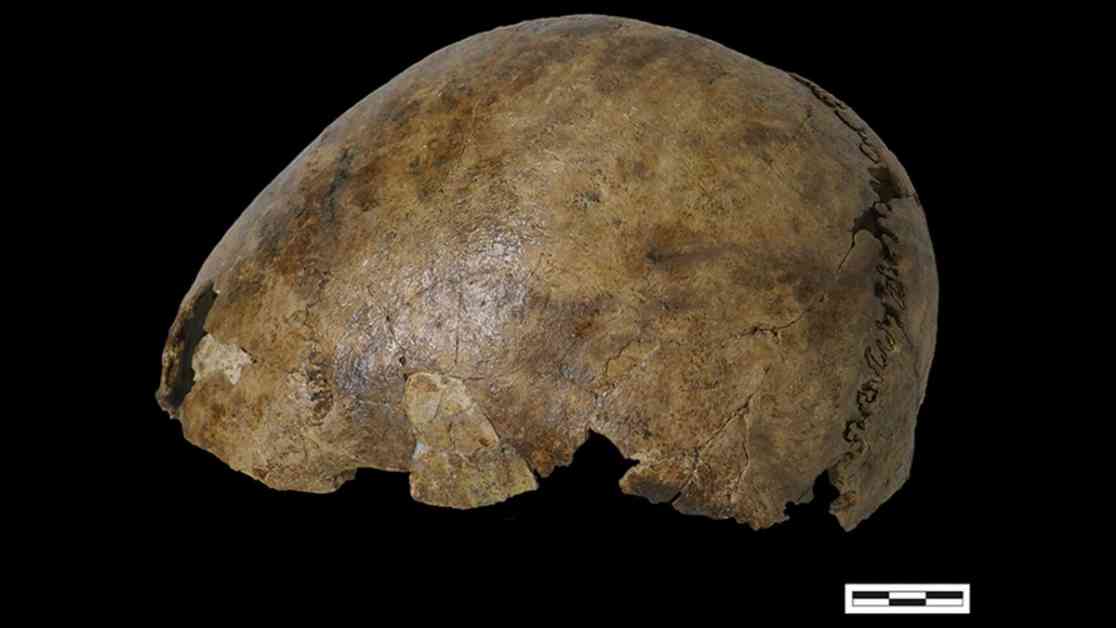Archaeologists in Belgium were surprised when they discovered a skeleton in a Roman-era cremation cemetery that turned out to be 2,500 years older than they initially thought. Upon closer examination, they found that the skeleton was actually a patchwork of bones from at least five individuals who lived in different time periods spanning three millennia.
The cemetery in Pommerœul, Belgium, was excavated in the 1970s and yielded 76 cremation burials along with one burial of a body in a fetal position. The artifacts and burial style indicated that the cremations were Roman and dated to the second to third centuries A.D. Despite the unusual nature of the fetal position burial in a Roman cemetery, researchers concluded that it was likely from the Roman era based on the presence of a Roman-style bone pin near the skull.
In 2019, radiocarbon analysis confirmed that all the cremations in Pommerœul were indeed from the Roman period. However, the intact skeleton found in the cemetery dated back to three different eras in the Neolithic period, between 7000 and 3000 B.C. This discovery prompted further investigation into the grave and its unique contents.
A recent study published in the journal Antiquity by archaeologist Barbara Veselka and her team shed light on the composite burial through various techniques, including skeletal analysis, radiocarbon dating, and ancient-DNA sequencing. The researchers determined that the skeleton was made up of bones from at least five individuals, with DNA confirming the presence of five distinct individuals.
The presence of a Roman woman’s skull in a Neolithic burial raised questions about why it was placed there and why the Neolithic burial consisted of multiple individuals’ remains. One theory suggests that the Romans may have inadvertently disturbed the Neolithic grave while burying cremated remains and then added the skull and bone pin to complete the ancient burial.
Overall, this study provides valuable insights into burial practices and cultural interactions between different time periods in Belgium. The intentional creation of a patchwork skeleton raises intriguing questions about the beliefs and traditions of the people involved in this unique burial. The significance of rivers and water bodies in selecting burial sites also highlights the spiritual and geographical importance attributed to these natural features throughout history.










